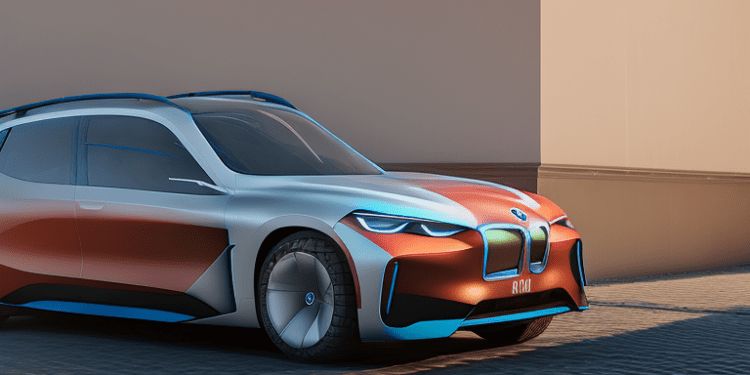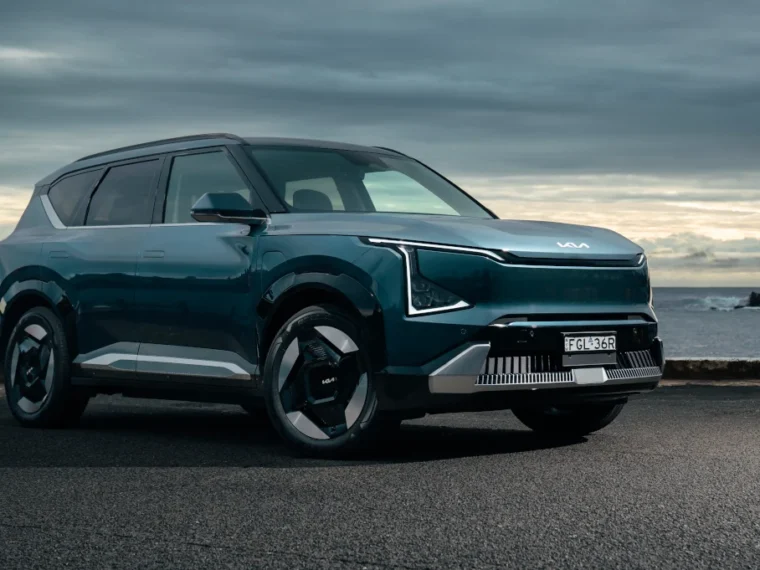The all-electric BMW iX1 is now available in South Africa, starting from R1,140,000 ($62,928). It joins the growing list of battery electric vehicles (BEVs) from BMW that are now available for consumers in South Africa, including the MINI Cooper SE (the most affordable BEV in South Africa at the moment), the BMW i4 eDrive 35 M Sport, the iX3, the i4 M50, the iX, and the flagship i7 sedan.
Sales data from naamsa and Lightstone Auto show that BMW has been a leader in South Africa when it comes to consistently bringing BEVs to the market since 2015 when it launched the i3. The i3 has been at the top of the BEV sales charts in South Africa for a long time. The iX3, the iX, and the MINI Cooper SE are now the BEVs in the podium positions in South Africa’s EV sales race.
The iX1 is more expensive than ICE vehicles such as the Alpha Romeo Tonale 1.5L Hybrid Veloce, the Mercedes-Benz GLA 200d AMG Line, and the Lexus UX 250h F Sport. However, it is cheaper than some popular ICE vehicles such as the Jaguar E-Pace D200 AWD R Dynamic HSE and the Range Rover Evoque P250 Autobiography.
At CleanTechnica, we don’t like paywalls. We believe that everyone should have access to quality information about electric vehicles and other clean technologies. That’s why we’ve decided to ditch our paywall and make all our content free for everyone. However, running a media business is still a tough challenge with tiny margins. If you like what we do and want to support us, please consider chipping in a bit monthly via PayPal or Patreon to help our team do what we do!
FAQ
Q1. How electric car batteries work?
A1. Electric car batteries are typically lithium-ion batteries that store energy and power the motor. They are recharged by plugging the car into an electric outlet or charging station.
Q2. What electric car has the longest range?
A2. The Tesla Model S has the longest range of any electric car currently on the market, with a range of up to 370 miles on a single charge.
Q3. How electric car batteries are recycled?
A3. Electric car batteries are recycled by breaking them down into their component parts and then separating out the metals, plastics, and other materials for reuse. The metals are melted down and reused in new products, while the plastics and other materials are recycled into new products.









